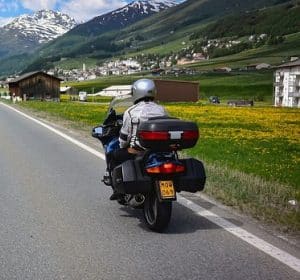It’s no small achievement to be the world’s oldest motorcycle manufacturer.
From the world wars to global pandemics, economic recessions to technological leaps, the Royal Enfield brand has seen trial by fire, overcoming obstacles and growing stronger in recent years. And to think this whole journey started with a needle manufacturing plant (George Townsend & Co) back in 1891 that had recently diversified to bicycle making.
Royal Enfield was formerly Enfield Manufacturing Company Ltd; Bob Walker-Smith and Albert Eadie, name owners, chose to rename their newly acquired needle and bicycle manufacturing plant in 1893. Before the duo, the company had cut a notch for itself as an established needle maker, but their entry stirred up the juices positioning the company for tremendous success.
A year after they began supplying parts to the Royal Small Arms factory in Enfield, the company dubbed their first bicycles Royal Enfields and soon coined “Made Like a Gun,” a marketing slogan. Four years down the road, Bob Walker has a working prototype of the company’s first automobile, consisting of two sturdy bicycle frames straddled with a proprietary 1.5HP Dion Engine. This milestone saw the company change its name to Enfield Cycle Co. Ltd, which remained for a century.
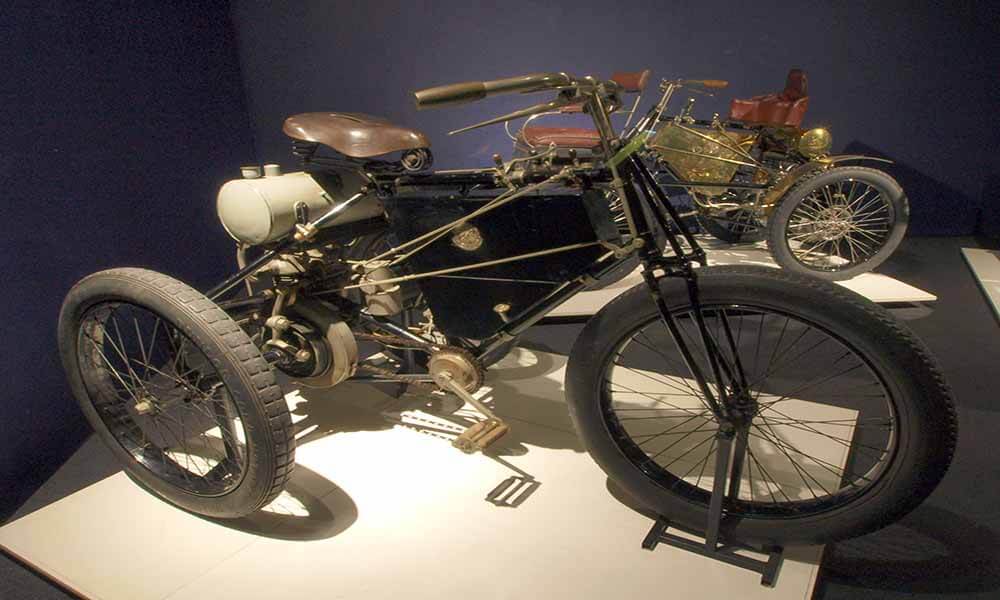
1901 would mark the start of Royal Enfield’s Motorcycle Journey and numerous other motorcycles that fell by the wayside. This journey had been full of ups and downs through the turmoil and calm propelling the company through some key defining moments, including relocation halfway around the world and unprecedented growth and changes to meet consumer tastes and technological requirements over the decades.
The Origin Story of the “Flying Flea” and the “Bullet”
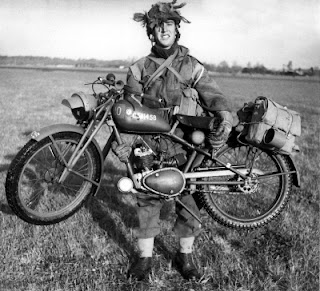
The war period was instrumental in Royal Enfield’s growth as it saw a period of accelerated technological research and development to produce technology for the war machine.
The factory provided the British paratroopers with the “Flying Flea,” a motorbike designed to be dropped out of planes. It also provided the British Army and RAF with one of its versions, the Bullet, which was initially constructed in 1931. The Bullet was the first British motorbike to include a frame with a rear swingarm in 1948. It gave it superb off-road handling (it won repeated International Six Days Trial gold medals) and ensured the Royal Enfield brand was saved from extinction.
After World War I, Enfield’s line continued to evolve, with eight new models appearing, including their 350cc OHV four-stroke, which had an unusual foot-operated gear shift. A big fire at their factory in 1925 was a setback. Still, it didn’t last long as Royal Enfield continued to develop, with the renowned Bullet arriving in 1932 and is radically altered to an upright engine with a 4-valve cylinder head just in time for the second great showdown of military superiority that would engulf the planet in senseless destruction of property and lives.
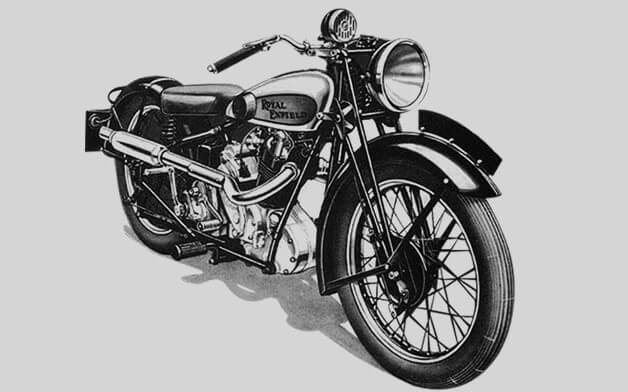
At the onset of World War II in 1939, Royal Enfield would default to supplying motorcycles and parts for the military. These were mainly sidecar models with machine-gun mounts and served as ambulances and personnel transport for the war effort.
You May Like:
Royal Enfield’s BTR Program: The First All-Women Lineup
Booming Post-War Period–The Golden 50s and the Swinging 60s
After the war ended in 1945, the company flourished with its earlier model, the Bullet, which was now updated and endeared in Britain and beyond especially following its thundering victories at the illustrious Scottish Six Days Trial.
RE would now explore different ways of innovating to improve their models with the new 350cc and 500cc Twin models receiving some love with a suspension upgrade to include oil-damped swing arm suspension and telescopic front forks inventions in 1949. This same year, Royal Enfield explored its future new home with tentative imports of REs to India via the Sundram Iyer-owned Madras Motors.
The 350 Bullet would win the 1952 Scottish Six Days Trial under the capable rider, Johnny Brittain, earning even more prestige for the brand. Thanks to their rugged and hardy design, RE would receive an order to build the 500 and 350cc Bullets for the Indian Army. Redditch and Madras Motors partnered to form “Enfield India.”
The 50s would end on a high note for RE, and the new decade was ushered in with the release of the legendary Continental GT café racer. It was propelled to fame when a team of journalists rode from John O’ Groats to Lands’ End while doing eight laps of the Silverstone circuit in less than a day.
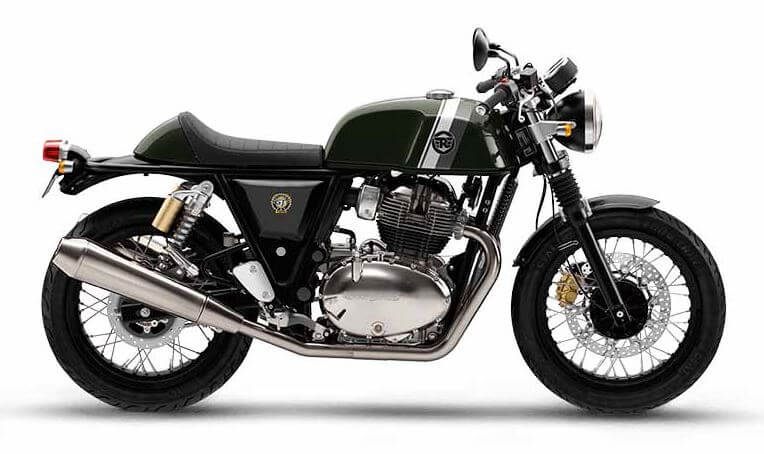
The Decline of Royal Enfield in Britain
Sadly, the late 60s and into the 70s were a rough patch for RE Redditch facility as it had to shut down and sell the property due to lack of volume and bankruptcy. However, Enfield India then took up the slack and started to export to the UK and Europe, where sales grew exponentially with the brand receiving nostalgic love among enthusiasts.
In the 80s, the now Indian-based company focused on perfecting their Bullet churning out the all-new 24bhp 500cc Bullet with three trims: Classic, Deluxe, and Superstar. Another first would be the world’s first and only mass-produced diesel motorcycle, the Enfield Diesel, with the stock Bullet chassis and a powerful 325cc diesel-driven plant.
Another Acquisition
The company would change hands and names again in 1994 when it was acquired by the Eicher Group, a tractor and automobile maker in India since 1948. The new name is Royal Enfield Motors Limited.
RE has gone on to produce some of the most stunning motorcycles that are loved around the world, including the Thunderbird, a lean burn cruiser in the early 2000s; Electra X, an export Bullet with 500cc and an all-alloy lean-burn engine; the Thunderbird Twinspark; the 2013 Continental GT and 2016 Himalayan, an adventure motorcycle with a reliable 411 SOHC engine and a long reach suspension.
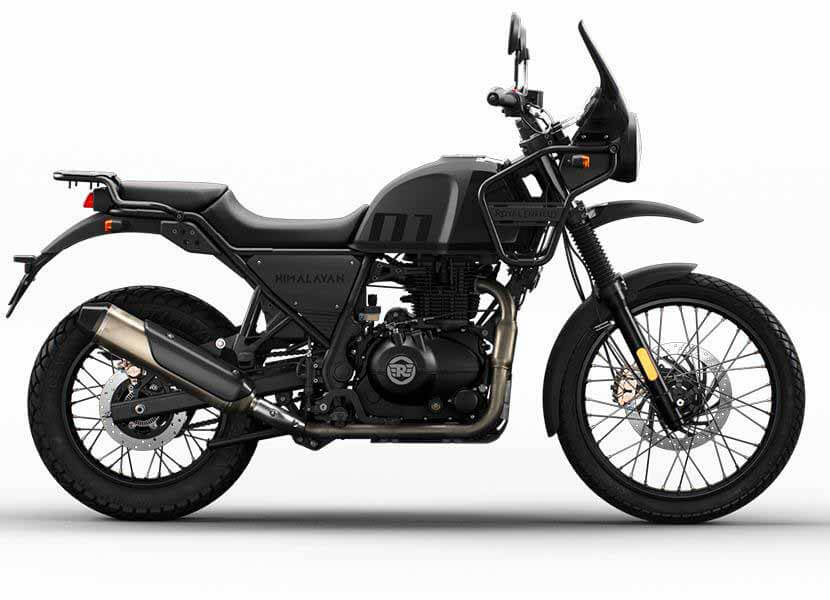
What Next for Royal Enfield? History of Royal Enfield
RE just celebrated its 120th birthday. That is a century and two decades of pure motorcycling. While it holds the title of the oldest maker and owner of the longest-running motorcycle in production, only time will tell what RE has in store for its religiously loyal followers.
M/AL


